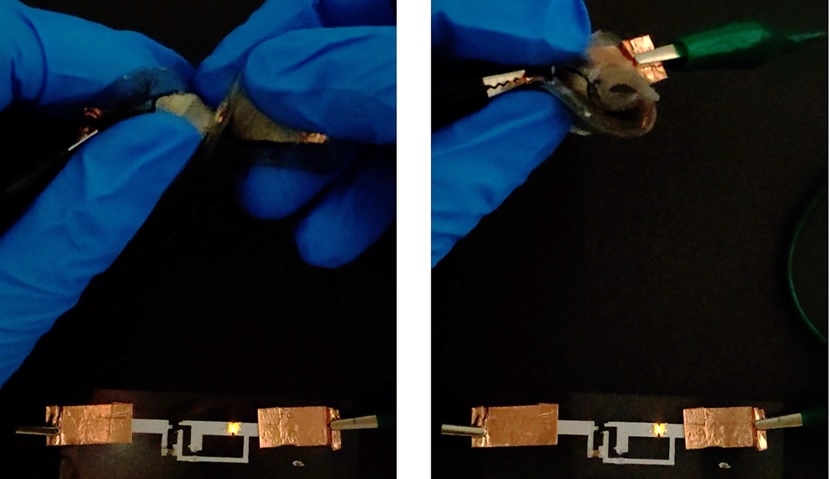
""All such batteries could [only] operate [for] a short time, sometimes a few hours, sometimes a few days," says Liwei Lin, a mechanical engineering professor at UC Berkeley and senior author of the study."
""Current-day batteries require a rigid package because the electrolyte they use is explosive, and one of the things we wanted to make was a battery that would be safe to operate without this rigid package," Lin told Ars."
"These hydrogels were made of a polymer net that gave them their shape, crosslinkers like borax or hydrogen bonds that held this net together, a liquid phase made of water, and salt or other electrolyte additives providing ions that moved through the watery gel as the battery charged or discharged."
"But hydrogels like that had their own fair share of issues. The first was a fairly narrow electrochemical stability windowâa safe zone."
Researchers at UC Berkeley have created an innovative flexible battery using a non-toxic, jelly-like hydrogel that withstands bending and cutting. Unlike previous flexible batteries that operated only briefly, this new design can endure 500 charge cycles, matching conventional smartphone batteries. The team aimed to eliminate the rigid packaging that conventional batteries require due to flammable electrolytes. The new battery utilizes a polymer-based hydrogel, ensuring safety and flexibility, while overcoming limitations of traditional hydrogels such as electrochemical stability constraints.
#flexible-batteries #hydrogel-technology #battery-innovation #electrical-engineering #safe-energy-solutions
Read at Ars Technica
Unable to calculate read time
Collection
[
|
...
]